In today’s fast-paced world, consumers are bombarded with messages from all directions. From social media ads to email campaigns and everything in between, it can be difficult for brands to stand out from the noise. One effective way to break through this clutter and connect with customers is through storytelling. When it comes to market research, storytelling is a powerful tool that can help researchers and marketers understand their audience and create more impactful campaigns.
Consider the following scenario: a market research agency conducts a study on a new line of skincare products. The report is filled with data points, including statistics on consumer demographics, purchasing habits, and satisfaction rates. While this information may be valuable, it doesn’t tell a story. It’s simply a dump of data.
Now imagine that the same agency presented the same findings differently. Instead of simply presenting the data, they tell the story of a busy working mom struggling to find the right skincare routine. They paint a picture of her hectic mornings and the stress of trying to look and feel her best. Then, they show how this new line of skincare products fits seamlessly into her routine, saving her time and giving her confidence.
By telling a story, the agency has transformed a dry data dump into a compelling narrative. They’ve created an emotional connection with their audience, helping them to see the real-world implications of their findings. This is the power of storytelling in market research, and it’s an art that more and more brands are starting to embrace.
The Power of Storytelling in Market Research
“Stories are the single most powerful tool in a leader’s toolkit” – Dr. Howard Gardner, Harvard University.
Dr. Gardner’s quote holds true not just for leaders but also for marketers and market researchers. Storytelling is a powerful tool that can help brands stand out from the competition and create a connection with their audience.
According to a study, messages delivered as stories can be up to 22 times more memorable than just facts. This means that a well-crafted story can have a much greater impact on your audience than a dry data dump.
One reason stories are so powerful is that they engage both the logical and emotional parts of our brains. When we hear a story, we not only process the information, but we also feel an emotional response. This emotional connection is what makes stories so memorable and impactful.
In market research, storytelling can help researchers and marketers better understand their audience and create more effective campaigns. By understanding the real-world implications of their findings, they can create stories that resonate with their target audience.
For example, imagine a market researcher is studying consumer behaviour around eco-friendly products. By telling the story of a family that switched to eco-friendly cleaning products and their positive impact on their health and the environment, they can create an emotional connection with their audience. This connection can drive home the importance of eco-friendly products and encourage more
people to make the switch.
The Components of a Good Story
“Stories are how we learn best. We absorb numbers and facts and details, but we keep them all glued into our heads with stories” – Chris Brogan, CEO of Owner Media Group.
Now that we’ve established the power of storytelling in market research, it’s essential to understand what makes a good story. There are several components that can help turn a data dump into a compelling narrative.
First, a good story needs a relatable protagonist. This can be a person, a brand, or even a product. The protagonist should be someone or something that your audience can identify with and root for.
Next, a good story needs conflict. This can be a problem the protagonist needs to solve, an obstacle they need to overcome, or a challenge they need to face. Conflict creates tension and makes the story more engaging.
Once you have a protagonist and conflict, the story needs a resolution. This can be a happy ending, a lesson learned, or a new opportunity discovered. The resolution should tie up any loose ends and leave the audience feeling satisfied.
Finally, a good story needs a clear message. This is the underlying theme or idea that ties the story together. It’s the reason why you’re telling the story in the first place. The message should be clear and easy to understand and resonate with your audience.
According to a study by Edelman, 65% of people connect with brands based on shared values. By crafting a story communicating your brand’s values, you can create a deeper connection with your audience and differentiate yourself from the competition.
A good story engages your audience, creates emotional resonance, and communicates a clear message. By incorporating these components into your market research, you can create stories that drive real-world impact and help you achieve your business objectives.
Using Data to Tell a Story
“Data storytelling is a powerful way to communicate insights, engage stakeholders, and drive action” – Nancy Duarte, author and CEO of Duarte, Inc.
Now that we’ve discussed the components of a good story let’s explore how data can be used to tell a story. Market research is all about data, and by using data visualisation, researchers can create compelling stories that resonate with their audience.
According to a study by Salesforce, 89% of business decision-makers say that data is vital to creating more effective marketing campaigns. However, data on its own can be overwhelming and challenging to understand. This is where data visualisation comes in.
By using charts, graphs, and other visual aids, researchers can turn complex data sets into easy-to-understand stories. Data visualisation can help researchers identify patterns, communicate insights, and engage stakeholders more meaningfully.
For example, imagine a market researcher is studying the impact of a new social media campaign on brand awareness. By using a bar chart to visualise the increase in brand mentions over time, they can create a story that shows the success of the campaign in a clear and compelling way. This type of data visualisation not only communicates the insights of the research but it also engages stakeholders by showing the impact of their work.
Data visualisation is a powerful tool that can help market researchers create informative and engaging stories. Using data to tell a story, researchers can communicate insights, engage stakeholders, and drive action toward achieving business objectives.
Tips for Crafting a Compelling Story
“Stories are how we remember information. We tend to forget lists and bullet points, but we retain stories” – Nick Morgan, author and communication theorist.
Now that we’ve explored the power of storytelling and how data can be used to create compelling stories, let’s look at some tips for crafting a story that resonates with your audience.
First, it’s important to focus on your audience’s needs and pain points. By understanding what your audience cares about, you can craft a story that speaks directly to them. This means researching and understanding your audience’s demographics, interests, and values.
Next, create a clear and concise message. Your story should have a single central theme that ties everything together. This message should be easy to understand and communicate, and it should be relevant to your audience.
Another tip for crafting a compelling story is to use emotion. As we discussed earlier, emotions play a major role in how we remember information. By creating an emotional connection with your audience, you can make your story more memorable and impactful.
Finally, use data to support your story. Data can provide context and validate your message. However, as we discussed earlier, data on its own can be overwhelming. By using data visualisation, you can turn complex data sets into easy-to-understand stories that support your message.
According to a recent study, 70% of consumers say a brand’s story can influence their purchasing decision. By crafting a compelling story that resonates with your audience, you can differentiate your brand and create a deeper connection with your customers.
Crafting a compelling story takes time and effort, but the rewards can be significant. By focusing on your audience’s needs, creating a clear message, using emotion, and supporting your story with data, you can create a story that drives real-world impact and helps you achieve your business objectives.
The Role of Storytelling in Market Research Strategy
“Brand storytelling is no longer a nice-to-have; it’s a need-to-have” – Harvard Business Review.
Now, let’s explore the role that storytelling should play in a brand’s overall market research strategy.
First and foremost, storytelling should be used to humanise data. By creating a narrative around your research findings, you can make them more accessible and relatable to your audience. This, in turn, can help drive more meaningful insights and actions.
Another way that storytelling can be used in market research is to inform brand strategy. By understanding your brand’s story, you can better align your marketing efforts and create a more consistent brand message. This can help differentiate your brand and create a deeper connection with your audience.
According to a study by Google, 50% of consumers say they are more likely to purchase from a brand that tells a story they can relate to. By incorporating storytelling into your market research strategy, you can create a story that resonates with your audience and drives real-world impact.
Storytelling should be a key component of any market research strategy. By using stories to humanise data, inform brand strategy, and connect with your audience, you can create a more impactful message that resonates long after the campaign is over.
The Importance of Storytelling in Market Research
“The stories we tell literally make the world. If you want to change the world, you need to change your story. This truth applies both to individuals and institutions” – Michael Margolis, CEO of Get Storied.
To stand out from the competition, it’s important for brands to use storytelling in their market research. By creating a compelling narrative around their research findings, they can create a deeper connection with their audience and drive real-world impact.
Throughout this blog, we’ve explored the power of storytelling in market research, the components of a good story, how data can be used to tell a story, and tips for crafting a compelling story. We’ve also discussed storytelling’s role in a company’s overall market research strategy.
As we’ve seen, storytelling is a powerful tool that can help market researchers create informative and engaging stories. By using data to tell a story, they can communicate insights, engage stakeholders, and drive action towards achieving business objectives.
If you want to make a real impact with your market research, it’s time to embrace the power of storytelling. By crafting a compelling story that resonates with your audience, you can differentiate your brand, create a deeper connection with your customers, and drive real-world impact.
Implementing Storytelling in Your Market Research Strategy
Now that we’ve established the importance of storytelling in market research let’s look at some practical ways to implement storytelling in your research strategy.
One effective way to incorporate storytelling in your market research is to use case studies. Case studies are a great way to showcase the real-world impact of your research findings. By telling the story of a customer who successfully implemented your recommendations, you can create a compelling narrative that drives home the value of your work.
Another way to incorporate storytelling in your market research is to use personas. Personas are fictional characters that represent your target audience. By creating a persona, you can better understand your audience’s needs and pain points and craft a story that speaks directly to them.
According to a study by Cint, 62% of market researchers say storytelling is the most important skill for success in their field. By incorporating storytelling into your market research strategy, you can differentiate yourself from the competition and create more impactful campaigns.
It’s also important to remember that storytelling is not just about the research findings but also about how they are presented. By using compelling visuals, engaging copy, and creative formats, you can create a story that captures your audience’s attention and drives home your message.
Measuring the Impact of Storytelling in Market Research
“If you can’t measure it, you can’t improve it” – Peter Drucker, management consultant.
As with any marketing strategy, it’s important to measure the impact of your storytelling efforts in market research. This will help you understand what’s working, what’s not, and where you can improve.
One way to measure the impact of storytelling in market research is through engagement metrics. This includes metrics such as time spent on page, bounce rate, and social media shares. By tracking these metrics, you can understand how your audience responds to your storytelling efforts and make adjustments as needed.
Another way to measure the impact of storytelling in market research is through surveys and feedback. This can include surveys asking customers about their experience with your brand and feedback collected through social media or other channels. By collecting feedback, you can understand how your storytelling efforts resonate with your audience and make adjustments as needed.
According to a study by the Content Marketing Institute, 60% of marketers say that measuring the ROI of their content marketing efforts is a top priority. By measuring the impact of your storytelling efforts, you can ensure that you’re getting a return on your investment and making the most of your marketing budget.
The Future of Storytelling in Market Research
“The art of storytelling is changing. Technology is changing. And we’re having to rethink how we approach stories and storytelling” – Joe Sabia, digital artist and storyteller.
As we look to the future of market research, it’s clear that storytelling will continue to play a crucial role. However, with technological advancements and changing consumer behaviour, the way we approach storytelling must evolve.
One way that technology is changing the art of storytelling is through immersive experiences. Virtual and augmented reality can be used to create more engaging and interactive stories that transport the audience to another world. By incorporating immersive experiences into market research, researchers can create more impactful stories that resonate with their audience.
Another way that storytelling is evolving is through the use of user-generated content. Consumers are increasingly becoming part of the storytelling process, creating their own content and sharing their experiences with brands. By incorporating user-generated content into market research, researchers can create more authentic and relatable stories that connect with their audience on a deeper level.
According to a study by HubSpot, 53% of consumers want to see more video content from brands. By incorporating video into market research, researchers can create more engaging stories that capture their audience’s attention and drive home their message.
The future of storytelling in market research is bright. By embracing new technologies, incorporating user-generated content, and creating more video content, market researchers can create stories that resonate with their audience and drive real-world impact.
Final Thoughts: The Enduring Power of Storytelling in Market Research
“Marketing is no longer about the stuff you make, but about the stories you tell” – Seth Godin, author and marketing expert.
Storytelling is a powerful tool that can help market researchers create informative and engaging stories. By using data to tell a story, researchers can communicate insights, engage stakeholders, and drive action toward achieving business objectives.
Throughout this blog, we’ve explored the power of storytelling in market research, the components of a good story, how data can be used to tell a story, tips for crafting a compelling story, and the role of storytelling in a company’s overall market research strategy. We’ve also looked at how to measure the impact of storytelling and the future of storytelling in market research.
As we’ve seen, storytelling is not just a marketing tactic but a way to connect with your audience on a deeper level. By creating stories that resonate with your audience and drive real-world impact, you can differentiate your brand, create a more impactful message, and achieve your business objectives.
The enduring power of storytelling in market research is clear. By incorporating storytelling into your research strategy, you can create stories that are both informative and engaging, and drive real-world impact that lasts long after the campaign is over.
Stay ahead
Get regular insights
Keep up to date with the latest insights from our research as well as all our company news in our free monthly newsletter.
![]()

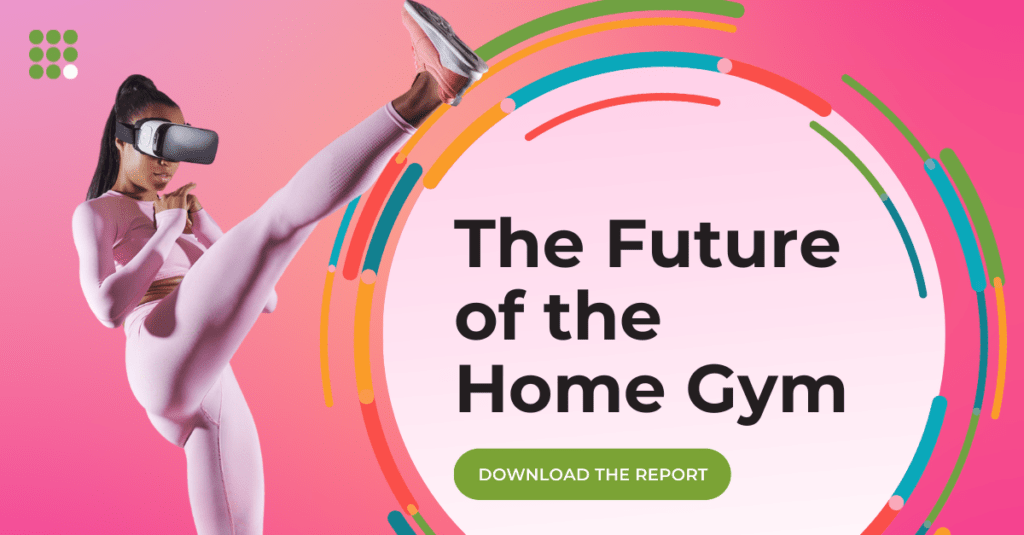
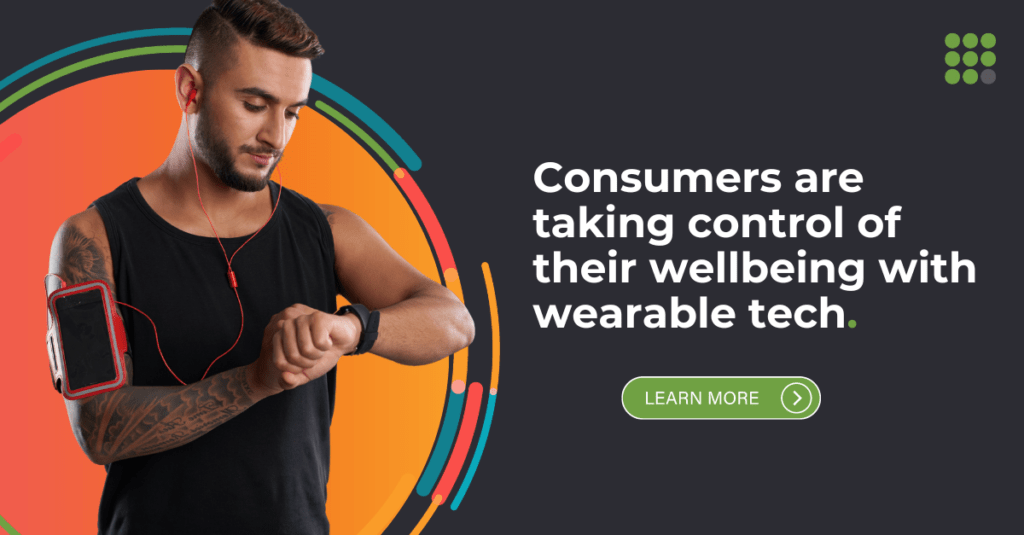
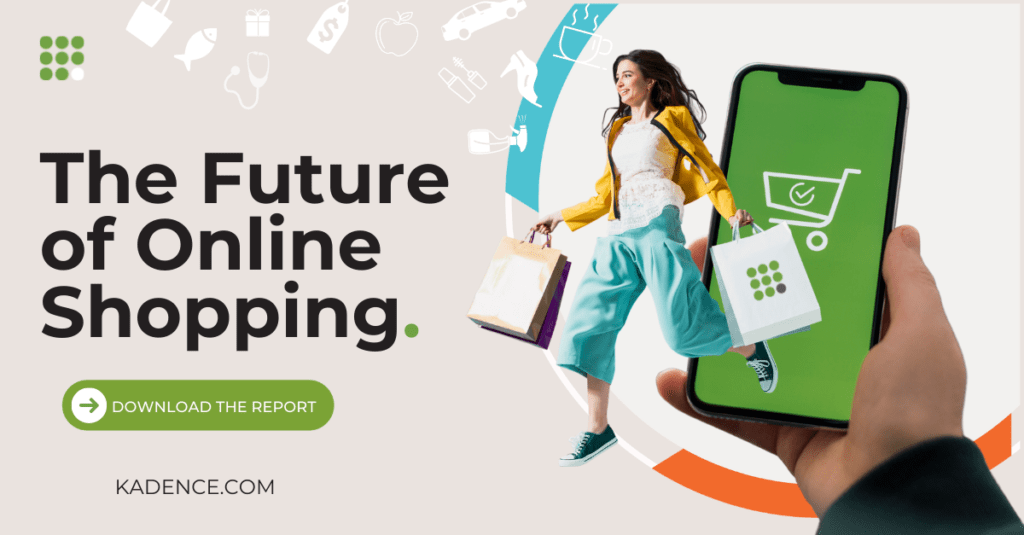
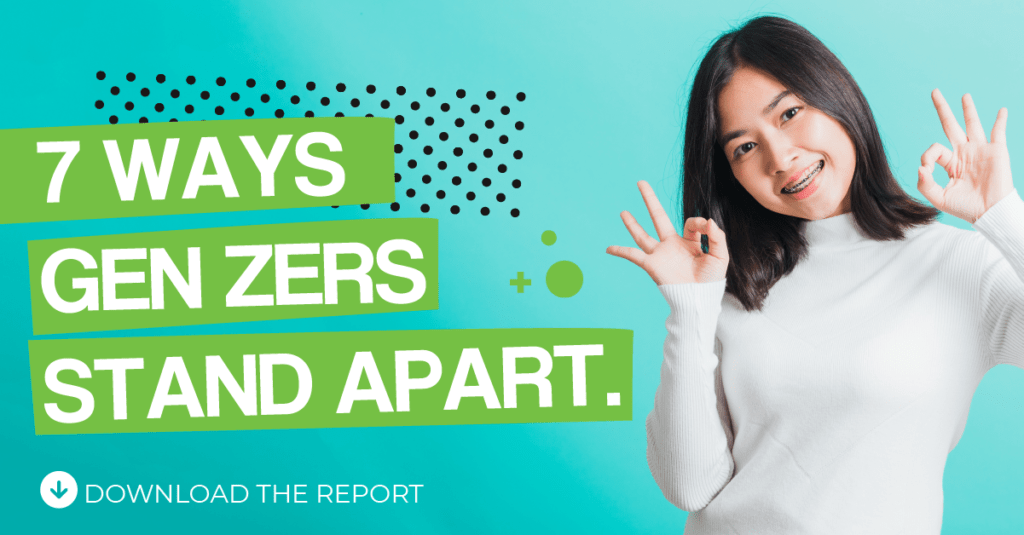

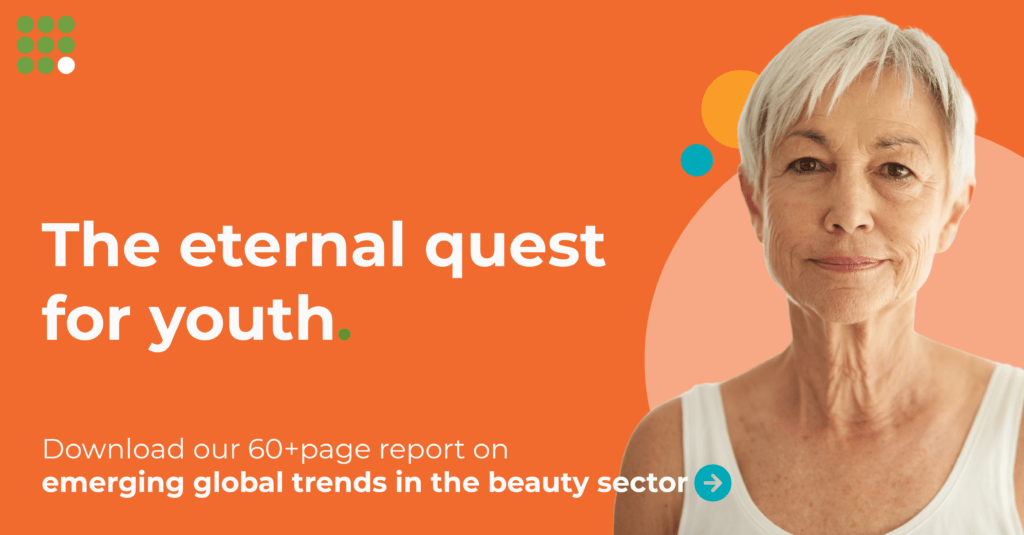
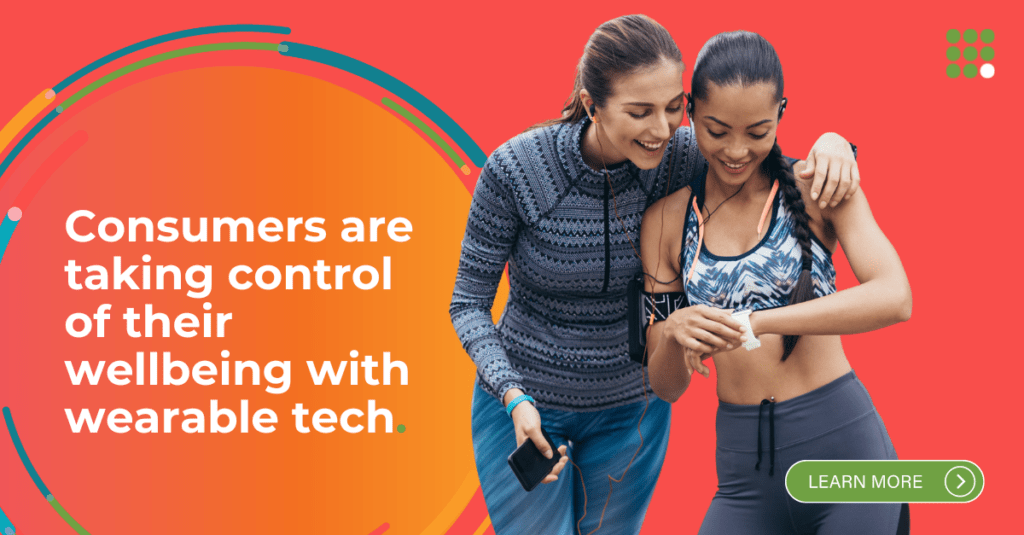

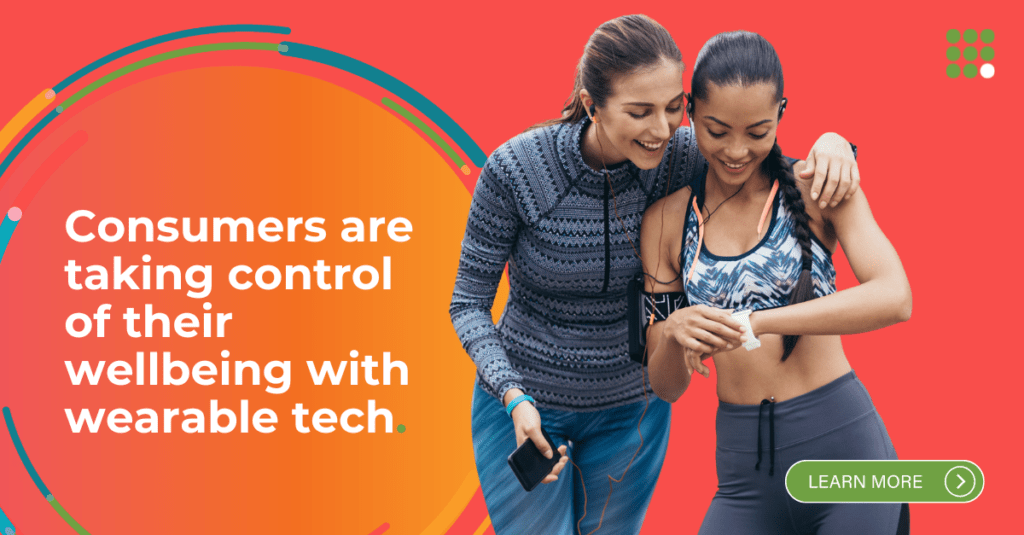


 Senior Marketing Executive
Senior Marketing Executive Sales & Marketing
Sales & Marketing General Manager PR -Internal Communications & Government Affairs
General Manager PR -Internal Communications & Government Affairs Vital Strategies
Vital Strategies
 Customer Intelligence Director
Customer Intelligence Director